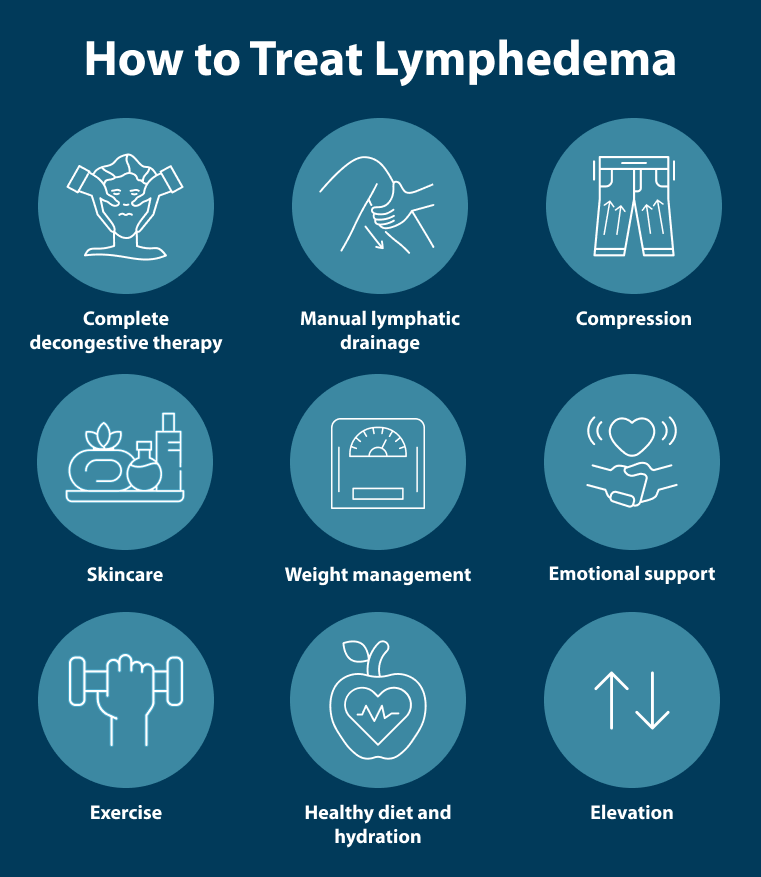What Age Does Lymphedema Occur?
Lymphedema can occur at any age, from birth to late adulthood. Understanding the difference between primary and secondary lymphedema helps clarify its underlying causes, guide appropriate treatment strategies, and improve your management outcomes.
Primary lymphedema is a result of errors in lymphatic development and can present itself at different stages of life, such as congenital lymphedema at birth, or presenting after the first year.
On the other hand, secondary lymphedema, which is more common, occurs due to injury or trauma to healthy lymphatic systems. This can result from cancer, cancer treatments, infection, chronic venous insufficiency, or blood clots, amongst other causes meaning it can develop at any age. Additionally, there is a strong correlation between lymphedema and obesity, as excess body weight can exacerbate the condition and complicate its management.
Recognizing the symptoms and risk factors across these different lymphedema age groups will ultimately help in timely intervention and treatment.
Primary Lymphedema
In cases of primary lymphedema, there is typically a deficiency or malformation in the lymphatic vessels, impairing the drainage of lymph fluid from tissues. This impairment leads to the characteristic swelling, often noticeable in the arms, legs, or other parts of the body. The exact cause of primary lymphedema can vary, sometimes appearing due to genetic mutations affecting lymphatic development. It may also occur spontaneously without a clear familial history, and at other times primary lymphedema is associated with another syndrome.
Some classification systems of primary lymphedema group age of onset into either congenital lymphedema from birth to age 2, lymphedema praecox from puberty to age 35, or lymphedema tarda after age 35. But, with more recent advancements in research, primary lymphedema can now be categorized into 5 different groups based on a person’s traits, and only two of those categories classify primary lymphedema by age as seen below.
Lymphedema age: <1 year
Congenital onset lymphedema presents at birth. Milroy disease is an example of congenital lymphedema.
Lymphedema age: >1 year
Late onset lymphedema presents after 1 year. An example of this would be lymphedema distichiasis syndrome.
Secondary Lymphedema
Secondary lymphedema may occur at any age and occurs in the absence of anatomical malformation.
Early diagnosis and management are crucial for both primary and secondary lymphedema. While the condition itself is not curable, prompt intervention can help manage symptoms and prevent complications. Treatment usually involves a combination of therapies, including compression garments, manual lymphatic drainage, and skin care practices to maintain skin integrity.1
